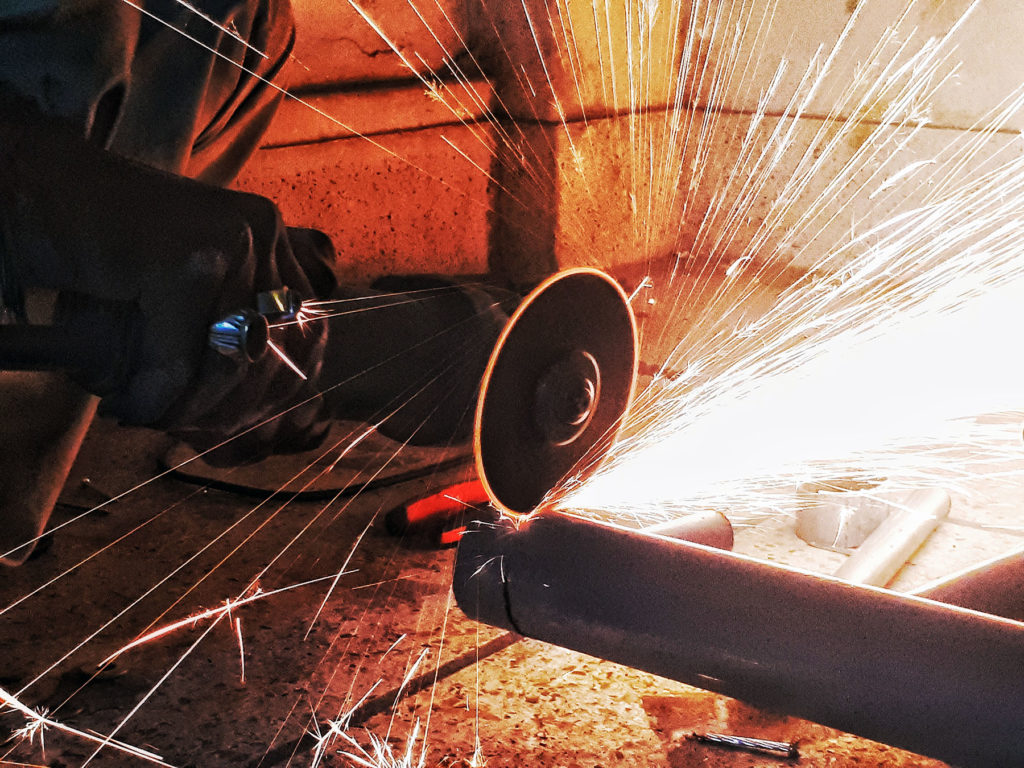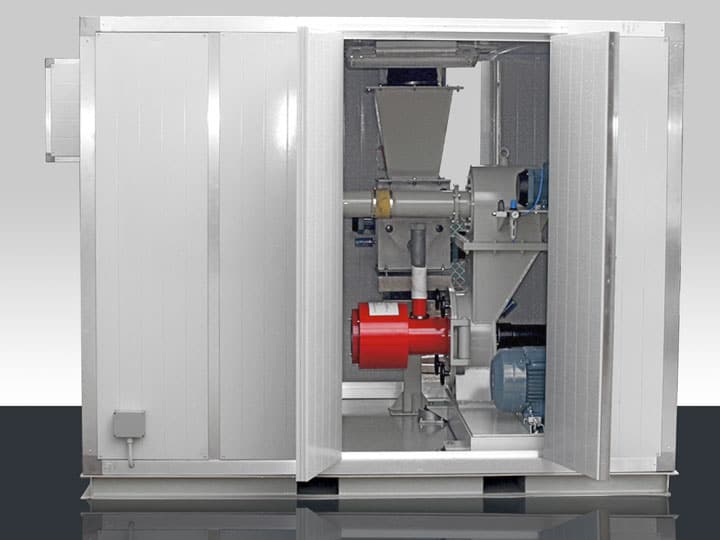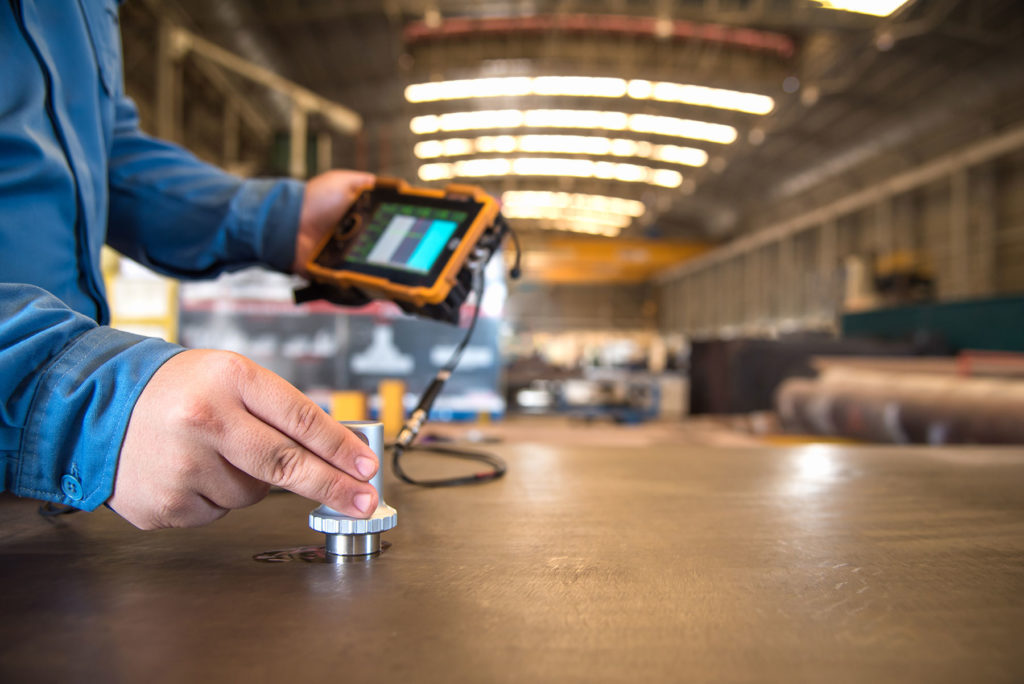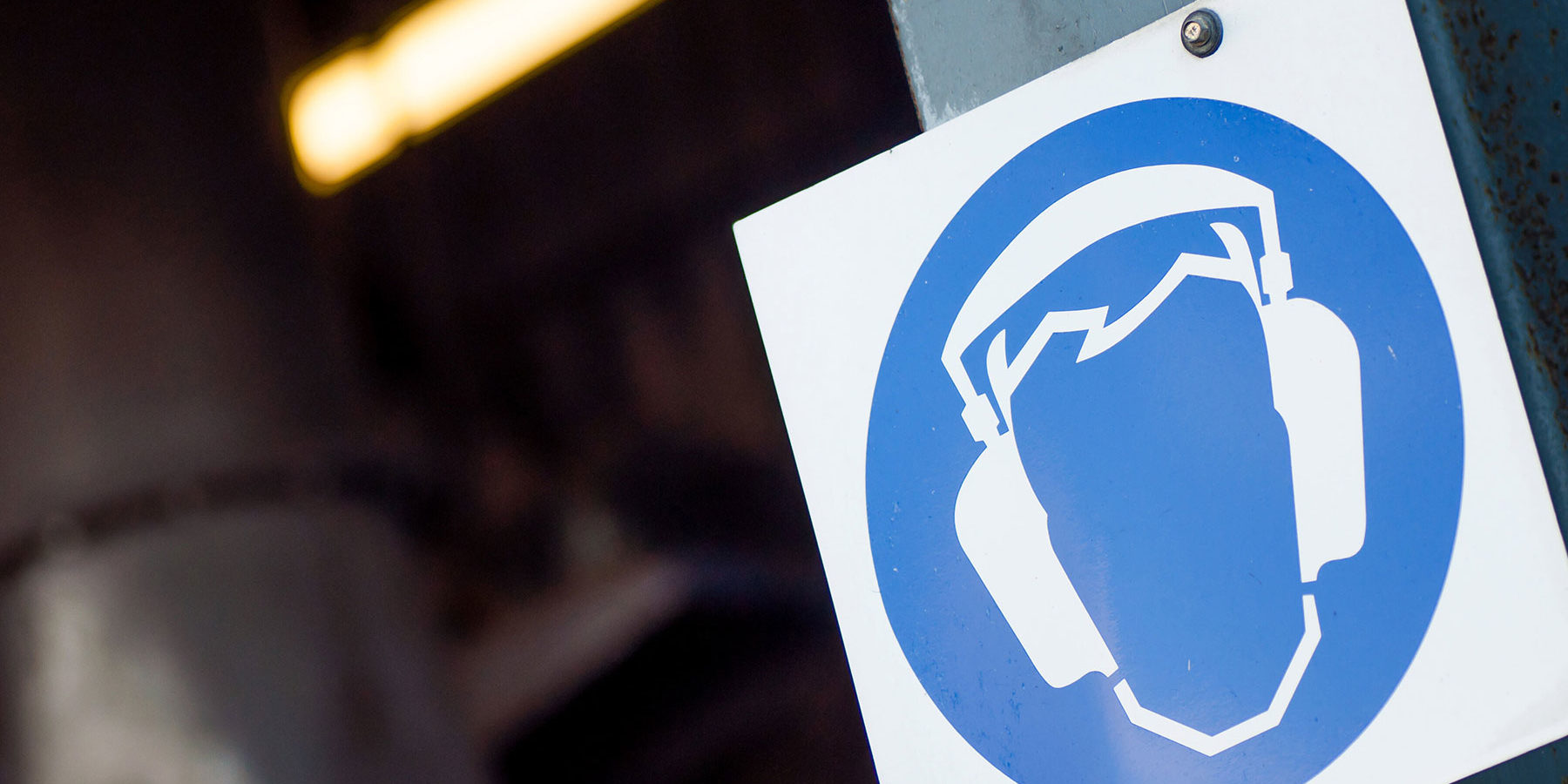Reducing industrial noise is an important need in many sectors. Any industrial process must guarantee a plan of measures against noise pollution. Said plan must take into account that in the industry there is not only ambient and constant machinery noise, there is also impulsive noise. This type of noise consists of increases of more than 40dB in a very short time, which in many cases exceed between 140 and 170dB. It is precisely impulsive noises that cause accidents such as immediate hearing loss or professional deafness.
In recent decades, the increase in activity in industries has led to a clear increase in noise in urban areas. The studies carried out indicate very negative effects on health. Damage such as hyperirritability or vascular disorders are frequent, in addition to hearing losses of between 15 and 20 dB.
How to reduce industrial noise?
Industrial noise and vibrations are reduced by acting on the noise source, on the propagation medium or on the worker.
At Prolisur we prepare the action plan after a study phase in which we use advanced sound measurement systems, noise map generators and specialized software. In this study phase, we theoretically compare the performance and cost of possible solutions. This way of working allows companies to make decisions with guaranteed results.
What methods exist to reduce industrial noise?
There are different ways to reduce noise depending on the source that emits it. The sound propagates through the air and loses energy with the advance of that wave due to the friction between particles. We can take advantage of this feature to reduce the sound level, using obstacles and barriers encountered by the wave in its propagation.
Noise reduction methods vary depending on the needs of each industry. The most used are:
- Reinforcement of the acoustic performance of walls, ceilings and floors (normally through the use of acoustic panels).
- Use of acoustic barriers and acoustic encapsulations
- Use of shock absorbers and anti-vibration inertia benches
Actions on the focus of the noise

The actions on the focus of the noise are the most appropriate, whenever they are feasible, since these measures tend to eliminate the noise. They are usually measures based on the design of new equipment . For equipment already installed, the measures consist of modifying production or replacing equipment with less strident ones, elimination of movement or friction noise, placement of silencers and other materials that prevent the transmission of vibrations.
Actions on the environment

Secondly, actions must be studied to act on the medium in which the noise spreads. The most widely used method is the use of booths or capsules to enclose equipment noise . This method is very effective and simple. However, it is not feasible in very manual jobs or with direct and continuous interaction between the worker and the team. In addition, some equipment needs a large amount of ventilation to dissipate the heat produced, this often forces openings in the enclosures, causing a loss of efficiency.
In these cases, we resort to the interposition of an acoustic barrier between the focus and the worker, something not as effective as the encapsulation but which produces a significant improvement in the conditions of the workplace.
When we are not talking about machinery, but about a place, the best way is to place absorbent material on the walls, helping to make the premises more intelligible (classrooms, conference rooms, restaurants, etc.).
What are noise barriers and how are they different from enclosures?
In general, the acoustic barrier is a solid screen specially built to reduce sound and protect people behind it.
Encapsulations or acoustic enclosures consist of enclosing the sound source in cabins that reduce the level of noise or vibration emissions outside of them. These types of solutions are frequently seen on the roofs of buildings, attenuating emissions from ventilation and air conditioning machines.
Actions on the operator
When the actions on the other points fail, measures on the operator must be studied. In this case, it will be the company and its department -or external contracting- of occupational risk prevention, who must train and control the worker so that he correctly uses the individual protection equipment that is considered necessary for each activity.
How is industrial noise measured?

To measure noise in industry we use 2 measurement systems. The first of them is a continuous level system: LAeqT. This system represents the same sound energy as the fluctuating noise, which exists at the specific point during the time considered. The second system is the LAeqd, which would indicate the level of noise sustained by the worker continuously during a working day. The different legislations consider the existence of risk for the worker from 80 dB(A) of (LAeqd).
Royal Decree 1316/89, on hearing protection for workers, provides that in all jobs where 90 dB(A) of (LAeqd) is exceeded, the employer is obliged to analyze the causes for which the limit is exceeded. established equivalent daily level and propose a series of technical measures aimed at reducing the sound level of the workplace.
General parameters to take into account
A calculation of the degree of daily exposure to noise in each specific activity must be made when the sound pressure levels and their durations are known, but how is this calculation made?
Knowing the working conditions
Analyzing the working conditions is essential to choose the appropriate sound and vibration measurement policy. This is achieved by selecting the workstations likely to exceed certain acoustic values, identifying sources of noise, vibrations and noise typical of the activity.
It is important to take into account the duration of the working day and how much of that time is exposed to noise, as well as the materials and techniques used for protection.
Selecting a measurement policy
- Activity-based measurements (UNE-EN ISO 9612 standard)
- Full day measurement
- Measurements based on sampling during activity
Making a measurement plan
Taking into account all the variables that have been previously raised:
- Workday
- Noise sources
- Duration and number of measurements
- Number of measurements
Take into account the variability of the measurements
Even if a detailed analysis and correct measurements are made, there is a range of uncertainty that must be taken into account.
Comparing results with reference values
It is time to compare the results obtained with values that are considered the reference to be able to undertake certain protection policies against noise.
Measurement report
The document on hygiene in the industry in which noise is evaluated must identify the company and the workers involved in the measurement, define the criteria for such evaluation and the measurement policy followed. It must have a detailed section of the job evaluated and its conditions, as well as the proposed preventive measures.
Another situation to take into account in a general way is the one that occurs in commercial premises, laboratories, etc… in which it can be understood that there is external environmental noise but that it can be the cause of annoyances and communicative interferences.
What can Prolisur do for my industrial business?
The objective of noise control in the industry is to achieve an environment with an acceptable noise level at an acceptable cost and at Prolisur we can offer you the best solution.
Prolisur’s solutions in different industrial fields place us as a benchmark in acoustic solutions to complex problems. We are a leading company that is committed to constant training in the most advanced systems on the market and with extensive experience that makes us very efficient.
Our engineers analyze the source of sound or vibration and carry out tests that provide the necessary data to determine and evaluate possible solutions with the minimum cost.
At Prolisur, we carry out the following actions:
- Analysis to determine acoustic conditions and needs
- Concrete acoustic measurements and identification of noise sources
- Personalized acoustic study and actions for noise control
- Budget, Action Plan and execution
- Quality control of corrective measures
At Prolisur, the execution of the Acoustic Plan for the Control of Industrial Noise is carried out by qualified personnel with extensive experience and training. Once these acoustic solutions have been applied, new measurements will be made and a certificate will be issued.
Contact us to solve your problem Shall we talk today?
Array